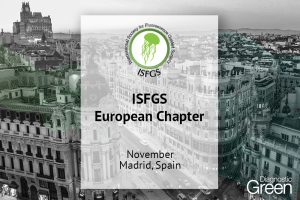Background: Achieving critical view of safety is a key for a successful laparoscopic cholecystectomy (LC) procedure. Near-infrared fluorescence cholangiography using indocyanine green (NIF-ICG) in LC has been extensively used and accepted as beneficial auxiliary tool to visualize extrahepatic biliary structures intraoperatively. This study aimed to analyze its safety and efficacy.
Materials and Methods: Searching for potential articles up to March 25, 2022 were conducted on PubMed, Europe PMC, and ClinicalTrials.gov databases. Articles on the near infrared fluorescence during laparoscopy cholecystectomy were collected. Review Manager 5.4 software was utilized to perform the statistical analysis.
Results: Twenty-two studies with a total of 3457 patients undergo LC for the analysis. Our meta-analysis revealed that NIF-ICG technique during LC was associated with shorter operative time (Std. Mean Difference -0.86 [95% confidence interval (CI) -1.49 to -0.23], P = .007, I2 = 97%), lower conversion rate (risk ratio [RR] 0.28 [95% CI 0.16-0.50], P < .0001, I2 = 0%), higher success in identification of cystic duct (CD) (RR 1.24 [95% CI 1.07-1.43], P = .003, I2 = 94%), higher success in identification of common bile duct (CBD) (RR 1.31 [95% CI 1.07-1.60], P = .009, I2 = 90%), and shorter time to identify biliary structures (Std. Mean Difference -0.52 [95% CI -0.78 to -0.26], P < .0001, I2 = 0%) compared with not using NIF-ICG.
Conclusions: NIF-ICG technique beneficial for early real-time visualization of biliary structure, shorter operative time, and lower risk of conversion during LC. Larger randomized clinical trials are still needed to confirm the results of our study.




